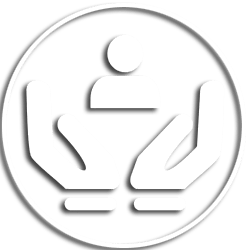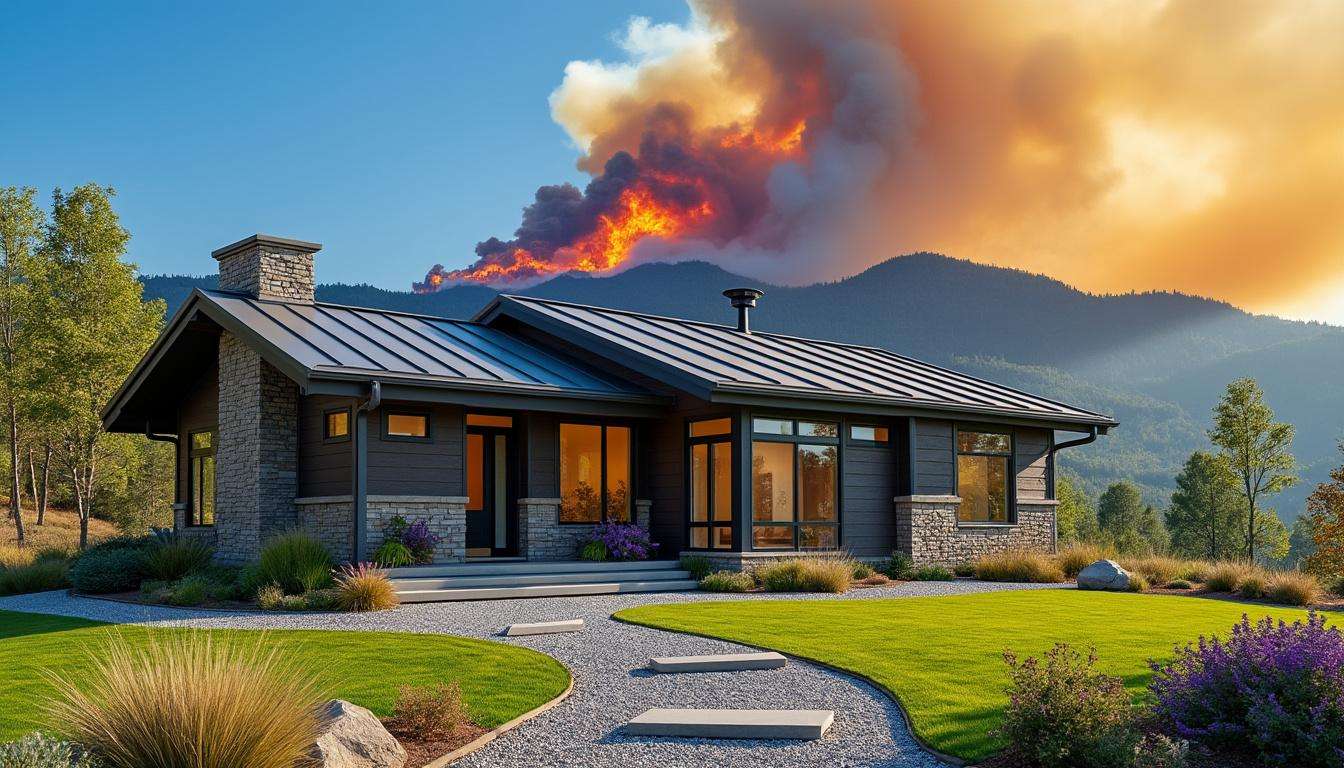As wildfire seasons intensify due to climate change, the challenge for homeowners and insurers alike is to balance risk with affordability. Insurance giants such as State Farm, Allstate, and Liberty Mutual face soaring claim costs, prompting a shift towards resilience and mitigation. In 2025, taking proactive measures to fortify homes against wildfires isn’t just about safety—it’s a strategic move to substantially reduce insurance premiums. This evolving insurance landscape rewards clients who invest in wildfire resilience with tangible financial benefits, fostering a culture of prevention over simple payout. From reinforcing roofing materials to creating defensible space, adopt these expert strategies to protect your home and lower your insurance costs while insurers adjust their underwriting models to align with risk reduction.
How Wildfire Resilience Measures Can Significantly Lower Home Insurance Premiums
Insurance providers like Farmers Insurance, Nationwide, and USAA are increasingly factoring in wildfire resilience when determining premiums. In areas prone to wildfires, insurers now assess the extent of home fortification, rewarding fortified homes with reduced rates. This shift reflects a broader industry trend where mitigation efforts directly influence underwriting decisions and price-setting.
To leverage these advantages, homeowners should consider the following key resilience strategies:
- Installing fire-resistant roofing materials: Class A roofing options such as metal or fire-rated shingles can reduce the likelihood of ignition.
- Creating defensible space: Clearing vegetation and maintaining a buffer zone around the home minimizes fuel for fires.
- Upgrading windows and vents: Using ember-resistant screens and double-paned windows helps prevent internal ignition.
- Implementing sprinkler systems: Automated exterior sprinklers can slow fire spread enabling evacuation and firefighting efforts.
- Routine maintenance and landscaping: Regular cleaning of gutters and removal of dead plants reduce flammable materials.
Particularly with the rising wildfire costs impacting premiums, insurers such as The Hartford and Mercury Insurance often extend discounts to homeowners who document compliance with these measures. Engaging with your insurer to understand eligibility for such programs can yield significant savings.
Insurance Company Approaches to Wildfire Risk and Home Fortification Incentives
The insurance market is responding to wildfire threats with innovative risk assessment techniques. Chubb and American Family Insurance, for instance, actively encourage customers to implement mitigation by offering premium credits, flexible underwriting, or coverage enhancements.
This trend is mirrored by Liberty Mutual, which incorporates technology by using fire risk mapping and AI algorithms to better quantify individual property risk. These data-driven insights help insurers tailor discounts for homes demonstrating robust wildfire defenses.
- Risk-based premium adjustments: Lower premiums for homes with certified wildfire mitigation.
- Mitigation grants and assistance: Some insurers support home fortification through financial aid or partnerships with local fire departments.
- Dynamic policy revisions: Flexible policies that evolve as homeowners improve resilience features.
- Education and resource provisioning: Outreach programs to help policyholders implement effective wildfire risk reduction.
This proactive collaboration between homeowners and insurers not only controls losses but helps stabilize insurance markets where wildfire risks threaten availability and affordability.
Community-Level Wildfire Preparedness’s Impact on Individual Premiums
While home fortification is essential, insurance premiums also reflect broader community wildfire resilience efforts. The Insurance Institute for Business & Home Safety (IBHS) highlights that neighborhood-wide fire mitigation buffers and coordinated action reduce overall risk and improve access to affordable insurance coverage.
Key community actions influencing premiums include:
- Implementing local vegetation management: Thinning and controlled burns in wildland-urban interface zones.
- Updating building codes: Mandating fire-resistant construction materials and design standards.
- Establishing community evacuation plans: Reducing loss severity through effective emergency response.
- Coordinated insurance initiatives: Communities partnering with insurers like State Farm and Nationwide to encourage mitigation.
In 2025, rising premiums have spotlighted communities investing in these strategies, enabling residents to qualify for better insurance terms and encouraging a culture of mutual resilience.
Leveraging Technology and Expert Partnerships to Optimize Wildfire Insurance Savings
Several insurers, including Allstate and Farmers Insurance, now utilize artificial intelligence and modeling to assess wildfire risks accurately. Partnership with organizations like the Center for Insurance Policy Research (CIPR) strengthens their ability to design policies that both mitigate wildfire risk and reward home fortification.
Utilizing technology-enabled tools, homeowners can collect detailed risk assessments and receive tailored recommendations, plus access premium discounts by submitting proof of upgrades.
- Advanced fire risk modeling: High-resolution maps identify risk hot spots and effective mitigation zones.
- Interactive mobile apps: Guidance on home improvements and real-time wildfire alerts.
- Integrated data sharing: Enhancing insurer-underwriter collaboration to offer competitive rates.
- Standardized wildfire preparedness certifications: Industry-wide standards to qualify for premium reductions.
Engaging with insurers like USAA and The Hartford to explore these technology-driven savings opportunities is now a vital step in securing affordable coverage.
Additional Strategies to Reduce Insurance Premiums Beyond Wildfire Preparation
While wildfire resilience is crucial, other factors also influence insurance premiums. Homeowners can complement mitigation efforts by exploring broader premium reduction techniques recommended by leading insurers.
- Maintaining good credit scores: Insurers such as Liberty Mutual consider credit in underwriting.
- Bundling policies: Combining home, auto, or life insurance with providers like American Family Insurance often yields discounts.
- Installing home security systems: Reduced risk of theft can lower premiums.
- Adjusting deductibles: Higher deductibles usually correlate with reduced premiums, though with greater out-of-pocket risk.
To delve into personalized ways to trim costs on various insurance types, explore our comprehensive resources such as how age and gender affect auto insurance premiums or strategies to reduce auto insurance for active duty members.
Learn more about reducing auto insurance premiums and discover age-specific insurance guidance to complement your wildfire resilience efforts.
Understanding the Holistic Impact of Lifestyle Choices on Insurance Costs
Health and life insurance premiums are also influenced by personal habits, an insight vital to comprehensive financial planning. Reducing smoking or managing health can lead to lower rates with companies like Mercury Insurance or The Hartford.
- Quitting smoking: Demonstrable improvement in life insurance premiums within a few years.
- Maintaining healthy body weight and lifestyle: Better health reduces claim risks.
- Age management: Knowing when to reassess policies especially at age milestones such as 26.
Visit our detailed guides on how smoking affects life insurance premiums or health insurance options at age 26 to optimize overall coverage and costs.
Frequently Asked Questions About Lowering Insurance Premiums Through Wildfire Preparedness
- How does creating defensible space around my home lower my insurance premium?
Defensible space reduces fire hazards near your property, significantly decreasing fire damage risk. Insurers reward this by lowering premiums due to reduced claim likelihood. - Can installing fire-resistant roofing make my home eligible for discounts?
Yes, many insurers including State Farm and Nationwide offer premium discounts when you install approved fire-resistant roofing materials. - What role does community wildfire mitigation play in insurance costs?
Communities with coordinated fire reduction strategies help limit overall risk, enabling insurers to offer better rates to residents within those safer zones. - Are technology tools effective in qualifying for wildfire premium discounts?
Absolutely. Using fire risk apps and providing digital evidence of mitigation can facilitate insurer verification and eligibility for discounts. - Besides wildfire preparation, what other strategies can help reduce my insurance premiums?
Bundling policies, good credit, home security systems, and lifestyle improvements are some proven ways to save on insurance costs across multiple lines.


